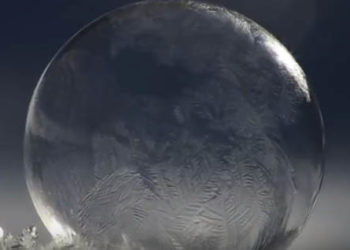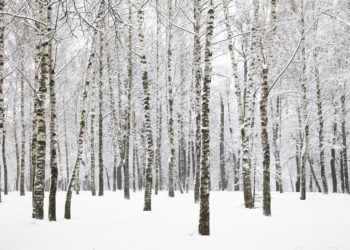I had a really disappointing revelation last week about our new work-from-home reality. Snow days are now just work days where you also have to shovel. Although we’ve seen some frigid temperatures along the east coast of the US, we really can’t complain, at least compared to those in Yakutsk, Russia. Yakutsk is known as the city that sees the largest temperature differentials. While its summers can be quite warm, they are also quite short, and cold weather is present for most of the year. The lowest recorded temperature in Yakutsk is -83.9° F (or -64.4°C). Below, Klun B offers some visual explanations of just how cold things are and what that means for your noodles or your laundry.
Discussion
3 Thoughts on "The Coldest Town on Earth"
And now off down the rabbit hole…
https://en.wikipedia.org/wiki/Yakut_language
https://files.eric.ed.gov/fulltext/EJ1121251.pdf
The video was fun. On a somewhat more somber note: climate change is hitting Yakutsk (and other areas of Siberia) hard, with the thawing of permafrost damaging buildings and infrastructure, buckling roads, causing economic dislocations, etc. Cold, but maybe not cold enough now.
https://www.washingtonpost.com/graphics/2019/national/climate-environment/climate-change-siberia/
As a geographer, I looked for a map, and realised my Russian [Komi] PhD student Dr Julia Loginova had worked there. The map is on p73 of her thesis. https://minerva-access.unimelb.edu.au/bitstream/handle/11343/217795/LOGINOVA%20FINAL%20THESIS.pdf?sequence=1&isAllowed=y She says “Field trips took place in the warm season (May to October) when snow has melted. Several considerations led to this decision. First, this period is busy for local people’s engagement with nature and their livelihoods (fishing, hunting, gathering mushrooms and berries), providing opportunities for observations. Second, snowless period is the best time when oil extraction sites can be visited, and observations of operations and its impacts undertaken. Third, for practical reasons, since some of the areas are among the coldest places on the planet, winter was risky for travelling large distances without a clear idea of accommodations in remote settings.” She now works in a warmer place at U of Queensland, Australia!


